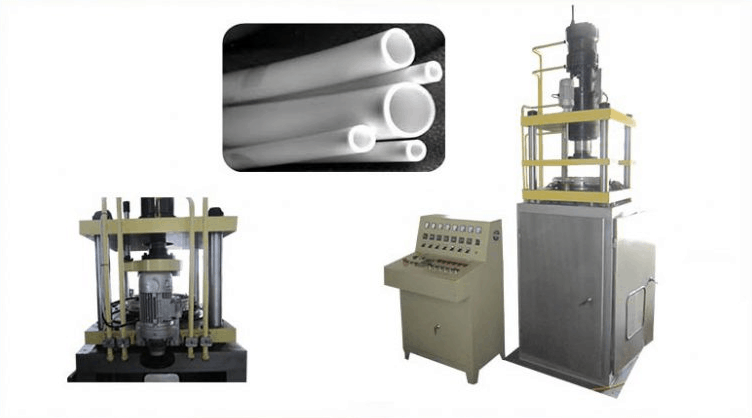Injection mold is a tool for producing plastic products, and also a tool for giving plastic products complete structure and accurate size. The structure and processing quality of injection mold directly affect the quality of injection molding products and production efficiency. The following is a brief analysis of some common injection molding defects and their countermeasures.

